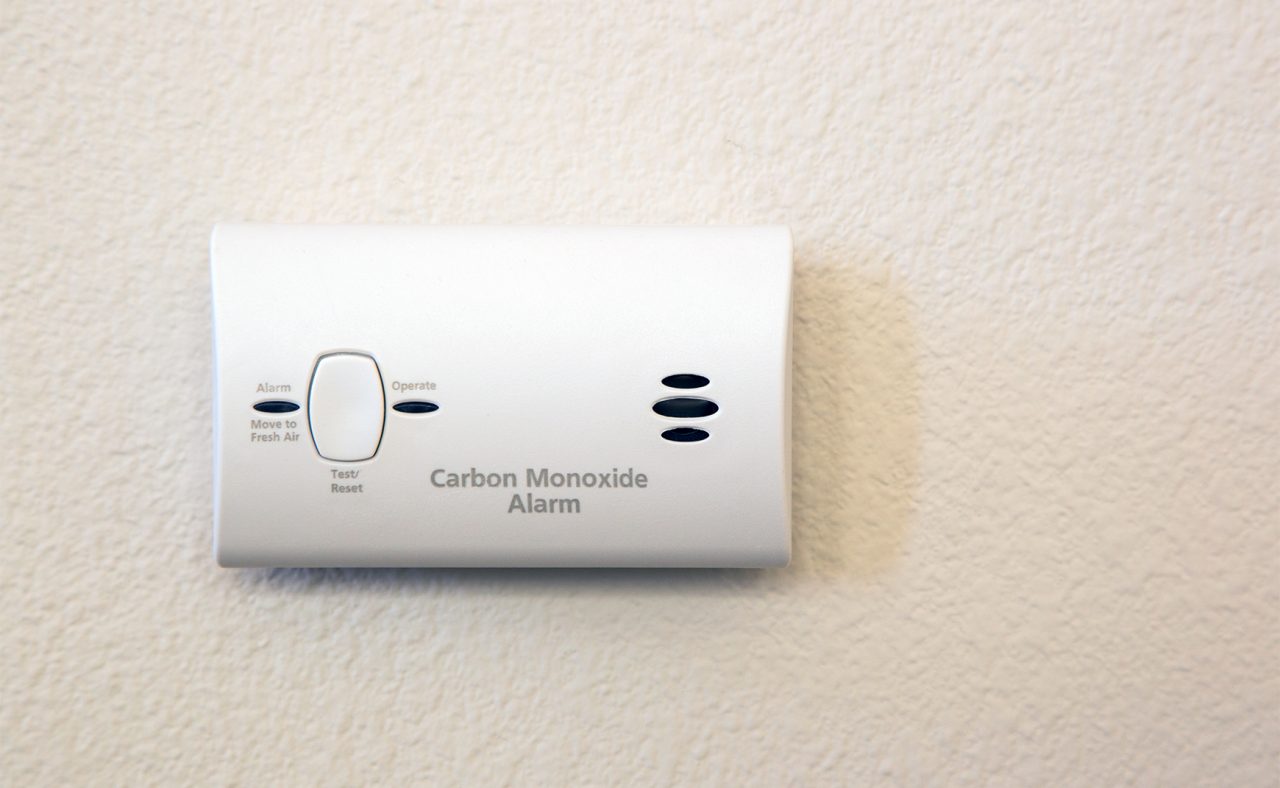Category
Stay Safe from Carbon Monoxide

It’s called the “invisible killer.” It lurks in your home undetected, and can cause illness and death without warning. It’s carbon monoxide (CO), an odorless, colorless gas, which is produced any time you burn fuel in vehicles, small engines, stoves, grills, fireplaces, appliances, gas ranges, or furnaces.
Each year, more than 400 Americans die from CO poisoning, another 20,000 visit the emergency room, and approximately 4,000 are hospitalized. Depending on the degree and length of exposure, CO poisoning can cause permanent brain damage, damage to the heart, and fetal death or miscarriage.
The most common symptoms of CO poisoning are headache, dizziness, weakness, upset stomach, blurred vision; vomiting, chest pain, confusion, and loss of consciousness. People who are sleeping or drunk can die from CO poisoning before they even experience symptoms.
Various fuel-burning appliances and engines produce carbon monoxide; if used in a closed or partially closed space the CO can build to dangerous levels. Smoke inhalation during a fire also can cause CO poisoning.
Simple precautions can help prevent CO poisoning:
- Install carbon monoxide detectors in the hallway near each sleeping area in your house. (CO detectors are also available for motor homes and boats.) Test the detectors once a month and check the batteries at least twice a year.
- If the alarm sounds, leave the house immediately and call 911 or the fire department.
- Open the garage door before starting your car. Never leave your car running in your garage. Be particularly cautious if you have an attached garage as leaving your car running in a space attached to the rest of your house is never safe, even with the garage door open.
- Never use a gas stove or oven to heat your home.
- Use portable gas camp stoves outdoors only.
- Use fuel-burning space heaters only when someone is awake to monitor them; make sure they are in a well-ventilated area.
- Don’t run a generator in an enclosed space.
- Ask your utility company about yearly checkups for all appliances, including your furnace.
- If you have a fireplace, keep it in good repair; have the fireplace, chimney and flue cleaned and checked every year.
- Keep vents and chimneys unblocked.
- Use caution when working with solvents. Use solvents only outdoors or in well-ventilated areas; read and follow safety precautions on the label.
If you think carbon monoxide is affecting you, or if your alarm sounds, get to an area with fresh air. Make sure that everyone else in the house is also in the clear.
While carbon monoxide can be deleterious, ensure you are keeping you and your family safe by following these tips. They can save a life.
This article was reviewed by Aditi U. Joshi MD, MSc, FACEP.